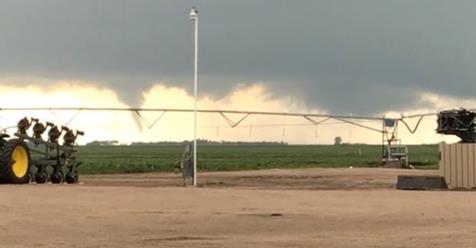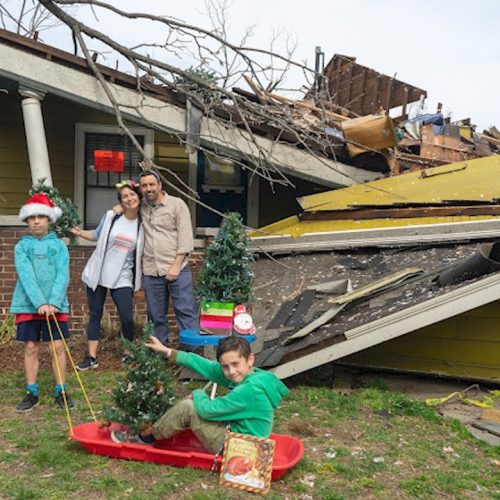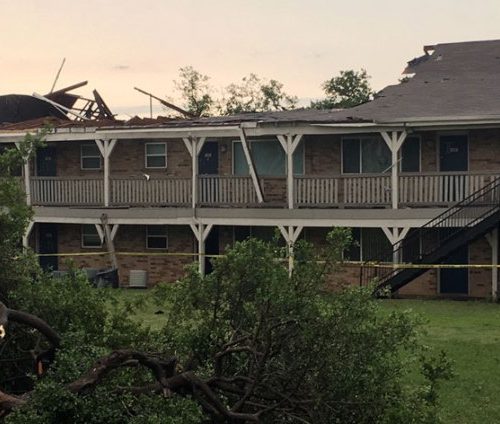Tornadoes can leave traumatic damage in their wake, and the biggest ones are known for destroying entire towns in just minutes.
Any kind of storm is unsafe, but nocturnal tornadoes carry their own extra element of danger.
“I can hear the tornado and then the lightning flashes and you can see it… and then you’re waiting another 30 seconds for a lightning flash,” AccuWeather Meteorologist and Extreme Storm Chaser Reed Timmer said.
“You’re not sure if it’s changing direction or coming towards you, and you don’t really see the evolution of the tornado as much, you see a little snapshot.”
While modern technology has greatly reduced the number of deaths from tornadoes over time, those numbers don’t seem to be affected when the storm occurs at night. A 2008 study from Northern Illinois University found that while only 27 percent of tornados occur at night, 39 percent of tornado fatalities happen during that time.
The study also found that the most dangerous time for tornadoes is from midnight to 6 a.m., when the storms are 2.5 times more likely to kill.
According to AccuWeather Senior Meteorologist Andy Mussoline, there are two main reasons for their heightened danger.
“[Tornadoes] are very hard to see at night,” he said. “If there’s frequent lightning, you might be able to pick them out, but many times you can’t.”
Secondly, he said, is the fact that most people spend their nights unplugged from their devices as they go to sleep.
“People are not in contact with their friends. They’re not at work; they’re not actively looking at the weather,” Mussoline said.
Both Mussoline and Timmer named one key tool for anyone concerned about tornadoes at night: weather radio.
Weather radios are connected to the nearest National Weather Service station, which broadcasts important weather updates around the clock. Many modern radios can be set to sound an alarm when there’s a tornado warning.
“Across the Midwest and Plains, there’s a wariness because tornadoes are more frequent out there,” Mussoline said.
“They’ll keep their weather radios on so they can hear the warnings if they’re sleeping and get to safety that way.”
“It’s awareness. Always make sure you have an avenue to get weather warnings,” he said, adding that keeping alerts turned on overnight on a smart phone is another good tool.
“It’s important to have storm spotters that are willing to report tornadoes at night,” Timmer said. “It definitely helps with the severe weather lead process… and you can take shelter.”
While there are several avenues to remaining vigilant about storms in the area, meteorologists want to remind people that the real key to staying safe is using the tools available, at all times of day.
“You can get those notifications during the night,” Mussoline said. “People just need to be aware.”
By Courtney Barrow September 7, 2016; 6:34 PM ET
Photo by Reed Timmer





